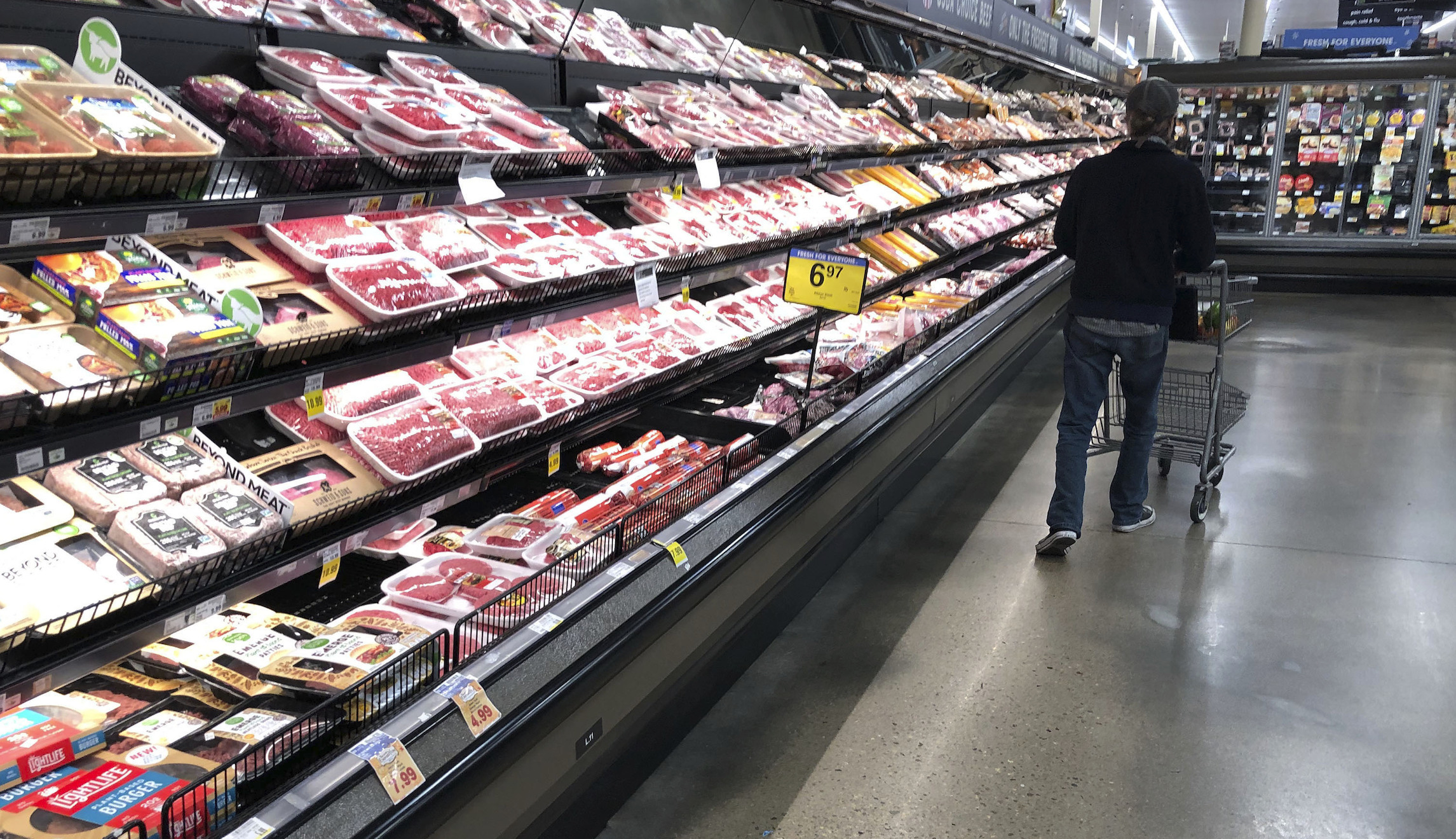

Wholesale inflation, as measured by the producer price index, declined slightly to 0.9% for the year ending in January, but was higher than expected.
The one-tenth of a percentage point decline came after an increase the month before. Most economists had forecast annual wholesale inflation would fall to 0.6%, so it isn’t welcome news for the economy, which has been strained under the burden of inflation.
On a month-to-month basis, the wholesale price index increased by 0.3%, more than expected.
The new wholesale inflation numbers come after an update to the consumer price for January was released earlier in the week, showing that inflation fell three-tenths of a percentage point to 3.1%. The decline, though, was less than what officials and economists had hoped for.
The decline in inflation over the course of 2023 generated optimism that the Fed will be able to pull off a “soft landing,” that is, a scenario in which inflation falls back to the Fed’s 2% rate while the broader economy avoids a recession.
There have also been expectations that the Fed will begin trimming interest rates soon, although recent economic reports have dulled that optimism from investors a bit.
Just a couple weeks ago, investors were estimating that the Fed might cut rates as soon as next month, according to the CME Group’s FedWatch tool. Now, investors think a pivot could be put off until as late as June.
CLICK HERE TO READ MORE FROM THE WASHINGTON EXAMINER
In some good news for consumers, the labor market has remained strong despite the higher interest rate environment.
The economy once again crushed expectations in January and added 353,000 more jobs, the Bureau of Labor Statistics found, starting the new year off to a strong start. The unemployment rate remained at 3.7%.







